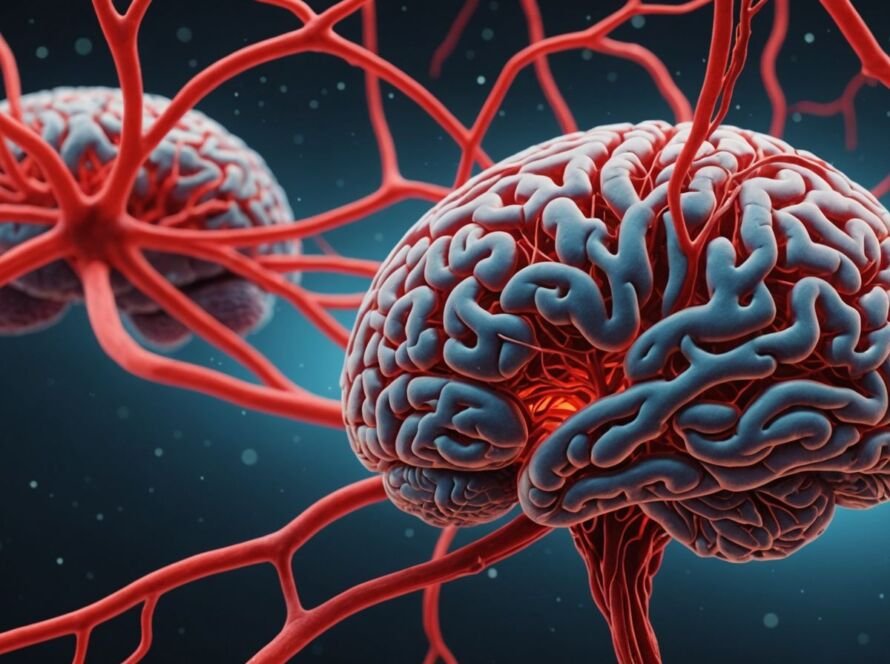Researchers at Washington University School of Medicine in St. Louis have developed a groundbreaking method to transform skin cells into brain neurons, capturing the aging effects crucial for studying late-onset Alzheimer’s disease. This innovative technique allows for detailed analysis of Alzheimer’s hallmarks, such as amyloid beta buildup, in lab-derived neurons.
Key Takeaways
- Researchers transformed skin cells into neurons to study late-onset Alzheimer’s.
- Retrotransposable elements play a role in Alzheimer’s progression.
- The drug lamivudine reduced Alzheimer’s effects in lab-grown neuron models.
Transforming Skin Cells into Neurons
The scientists transformed skin cells taken from patients with late-onset Alzheimer’s disease into brain cells called neurons. Late-onset Alzheimer’s develops gradually over many decades and only starts to show symptoms at age 65 or older. For the first time, these lab-derived neurons accurately reproduced the hallmarks of this type of dementia, including amyloid beta buildup, tau protein deposits, and neuronal cell death.
Retrotransposable Elements and New Treatment Strategies
By studying these cells, the researchers identified aspects of cells’ genomes — called retrotransposable elements, which change their activity as we age — in the development of late-onset Alzheimer’s disease. The findings suggest new treatment strategies targeting these factors. The study appears in the journal Science.
Cellular Reprogramming: A New Approach
To more faithfully recapitulate the disease in the lab, Yoo’s team turned to an approach called cellular reprogramming. The method to transform easily obtained human skin cells from living patients directly into neurons makes it possible to study Alzheimer’s effects on the brain without the risk of a brain biopsy and in a way that retains the consequences of the patient’s age on the neurons.
Comparing Neuronal Spheroids
The researchers compared neuronal spheroids generated from patients with sporadic, late-onset Alzheimer’s disease, inherited Alzheimer’s disease, and healthy individuals of similar ages. The Alzheimer’s disease patients’ spheroids quickly developed amyloid beta deposits and tau tangles between neurons. Activation of genes associated with inflammation also emerged, and then the neurons began to die, mimicking what is seen in brain scans of patients.
Importance of Early Intervention
The researchers found that treating spheroids from late-onset Alzheimer’s disease patients with drugs that interfere with the formation of amyloid beta plaques early in the disease process significantly reduced the amyloid beta deposits. However, treating at later time points had no effect or only modestly reduced subsequent amyloid beta deposits. This data emphasizes the importance of identifying and treating the disease early.
Role of Retrotransposable Elements
The study further found a role for retrotransposable elements — small pieces of DNA that jump to different locations in the genome — in the development of late-onset Alzheimer’s disease. Inhibition of such “jumping genes” with the drug lamivudine (also called 3TC) had a positive effect: The spheroids from late-onset Alzheimer’s disease patients had reduced amyloid beta and tau tangles and showed less neuronal death compared with the same spheroids treated with a placebo.
Future Research Directions
The researchers are planning future studies with spheroids that include multiple types of brain cells, including neurons and glia. They look forward to using this model system as they work toward new personalized therapeutic interventions for late-onset Alzheimer’s disease.
Sources
- Skin Cells Turned Neurons Reveal Alzheimer’s Aging Effects – Neuroscience News, Neuroscience News.

